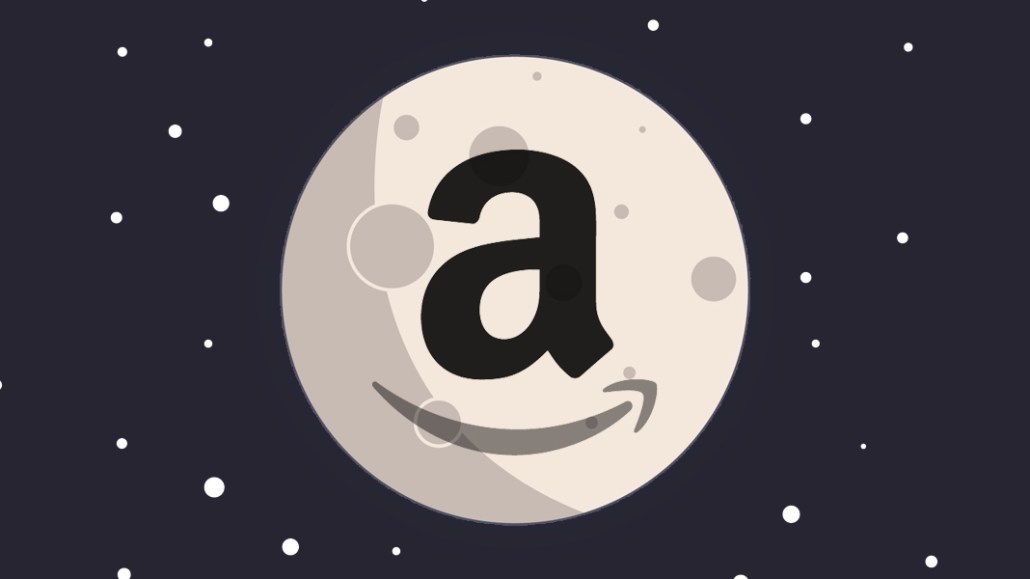
This week, our top stories covered Amazon’s advertising efforts, watch time on Facebook’s Watch and more. As always, a complete list of these articles appears at the bottom.
Amazon’s ad industry expansion
Amazon’s latest move to grow its advertising business is a new office that it says will bring 2,000 jobs, mostly in advertising, to Manhattan. Multiple media agency executives in New York said they’ve heard more from Amazon reps trying to sell them and their clients on Amazon advertising.
The tech giant is also increasingly trying to pitch to what it calls “non-endemic” advertisers — brands that don’t sell on Amazon — and exploring advertising offerings beyond product advertising. “To really go after the Google and Facebook duopoly, [Amazon needs] to think outside of just product advertising,” said one agency buyer who works with Amazon. “Retail is just one piece of online business overall.”
Meanwhile, Amazon has become dominant in server-side bidding, with its Transparent Ad Marketplace being the most popular server-to-server wrapper in the ad industry, according to a ServerBid study released on Oct. 4.
Publishers use Amazon’s wrapper because it brings in unique demand, is easy to integrate and matches users across different platforms. Plus, it provides competition to Google, which wields control over publishers and their tech stacks. “Nobody wants Google to have more power in advertising,” said Purch CTO John Potter.
But it’s still too early to “determine who wins the server-to-server war,” said Chip Schenck, vp of data and programmatic at Meredith Corporation. Server-to-server bidding is in its infancy, and Amazon’s wrapper is less than a year old. Schenck said Amazon’s high adoption rate merely gives it “a little bit of a head start.”
Facebook Watch check-in
Early data suggests that Facebook’s Watch is getting people to spend more time watching videos. An analysis by social video analytics company Delmondo of 46 videos on 15 different Watch pages — including pages from top publishers and video creators Facebook is paying to create shows — found the videos averaged 23 seconds in time spent, longer than the 16.7 seconds Facebook said its users spend watching a News Feed video, on average. Average watch times on Watch videos can double or triple that of News Feed videos, according to other Delmondo data.
Ad position: web_incontent_pos1
Top publishers such as Attn and Condé Nast said they’re seeing greater retention on their Watch videos, with Attn noting its Facebook Watch episodes are doubling the retention rate of its “regular programming” on Facebook.
But Facebook still has a long way to go in its pursuit of YouTube. Twenty-three seconds is not a significant retention rate — and it’s nowhere near the consumption levels of TV and top YouTube channels.
Stat of the week
One publisher participating in Facebook’s mid-roll ads test made about $500 from more than 20 million total video views in September.
Quote of the week
A production studio exec shares how cost constrains content:
“When new [content-buying platforms] come in, they take their first swing, and they’re willing to experiment. Then, they see that approach does not work, and they realize that the costs need to come down. [Go90 and YouTube Red] can support up to a $1 million budget. But creating good content on a $1 million budget — especially with guilds and unions wising up — is really, really hard.”
Interesting takes elsewhere:
- The Business of Fashion’s Chantal Fernandez reports on Condé Nast’s new LGBTQ media brand.
- Bloomberg’s Jordyn Holman delves into the agreement of State Street Corporation, the financial firm behind the “Fearless Girl” statue, to settle federal allegations that it paid female executives less than male peers. Not a good look for the ad industry.
This week’s top Digiday stories:
- How Amazon is readying its blitz on the ad industry
- Uh-oh, Google, Amazon is dominating server-to-server bidding
- Facebook’s Watch videos are being viewed an average of 23 seconds
- Pivot to pennies: Facebook’s key video ad program isn’t delivering much money to publishers
- Confessions of a production studio exec: ‘TV budgets can be 10 times digital’
- Condé Nast positions 23 Stories as a 100-person creative agency
More in Marketing

In the marketing world, anime is following in the footsteps of gaming
As marketers look to take advantage of anime’s entry into the zeitgeist, they might be wise to observe the parallels between the evolution of anime as a marketing channel and the ways brands have learned to better leverage gaming in recent years.

With the introduction of video ads and e-commerce, Roblox looks to attain platform status
Roblox is expanding into more areas than just ads in 2024. Much like platforms such as Amazon and Facebook have transcended their origins to evolve from their origins as online marketplaces and social media channels, Roblox is in the midst of a transformation into a platform for all elements of users’ virtual lives.

PepsiCo wants to remain a ‘driver of culture’ as it turns to influencers and activations amid rebrand
The soda-maker says it can translate cultural relevance into sales volume.
Ad position: web_bfu